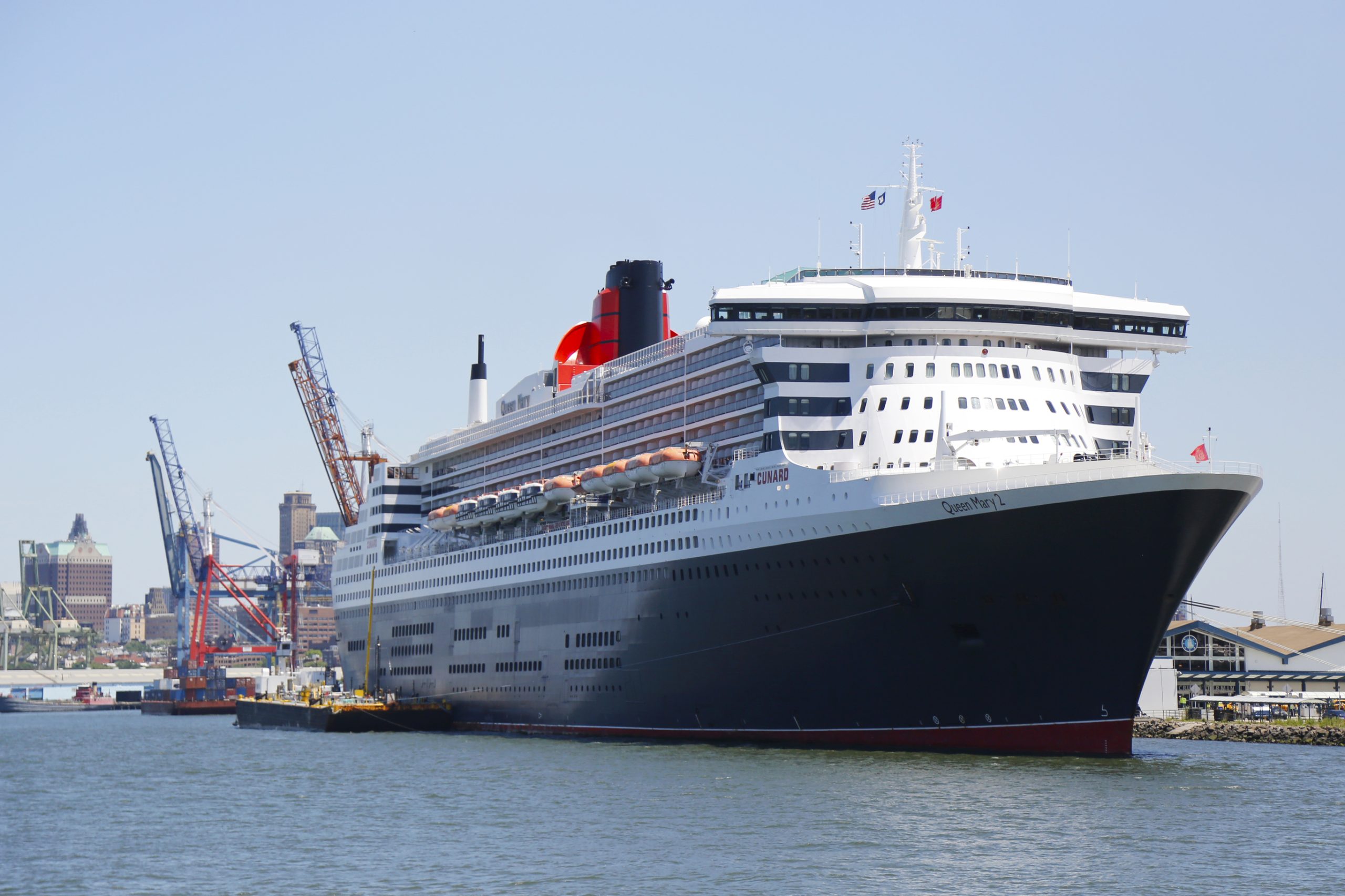The New York City Council has passed legislation requiring cruise ships with shore power capability to connect to shore power, where such connections are available and it is safe and practicable to do so.
Cruise ships docked at the City’s terminals often run dirty diesel engines while idling, generating harmful emissions that impact surrounding communities, the Council said. Shore power allows ships to shut down engines and plug into electrical grid power while stationary.
“Today, the Council is passing critical legislation to protect and support residents who live in communities surrounding our city’s terminals,” said Speaker Adrienne Adams. “By requiring cruise ships to connect to shore power, this law will limit harmful emissions and mitigate pollution, noise, and other impacts on local neighborhoods.”
The legislation alters the terms of the contract between the City and the NYC Economic Development Corporation to require EDC to compel cruise terminal operators to mandate cruise ships with shore power capability to connect to available shore power systems when docked. EDC would also be required to create and regularly update community traffic mitigation plans in the neighborhoods around each terminal, in consultation with the Department of Transportation, the Police Department, and residents of the surrounding neighborhoods.
The Port of New York, which encompasses the cruise terminals in Red Hook and in Midtown Manhattan, is the third largest cruise market in the U.S. and one of the busiest cruise and shipping ports in the nation.
While the Brooklyn Ferry Terminal has the capacity to handle shore power, it remains underutilized, and the Manhattan Terminal lacks shore power capability altogether. Support for shore power capacity would greatly lower emissions, reduce the carbon footprint, and create an advantage to the ship operator by reducing the overall costs in the field.
(Dreamstime photo of Queen Mary 2 in New York)





